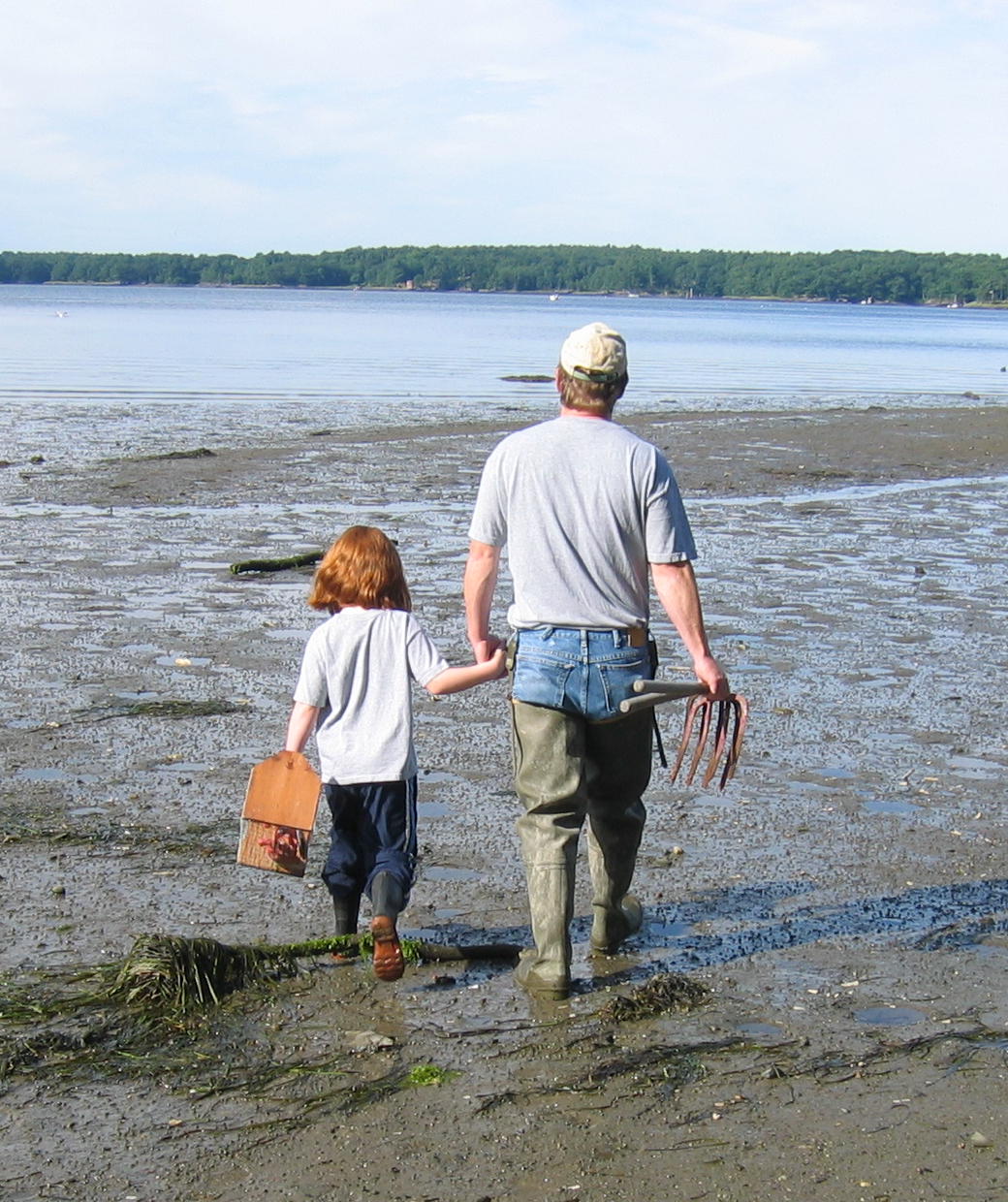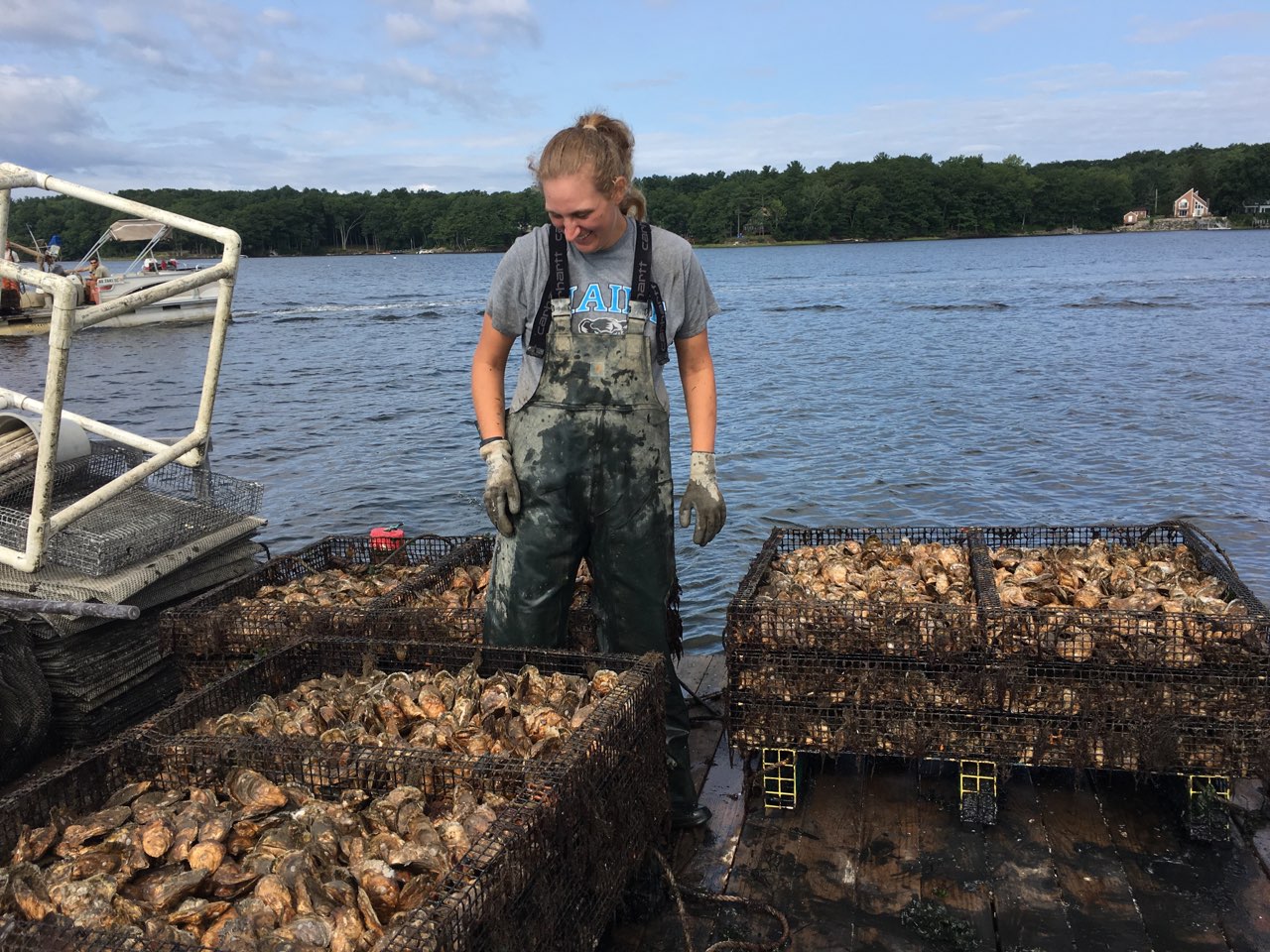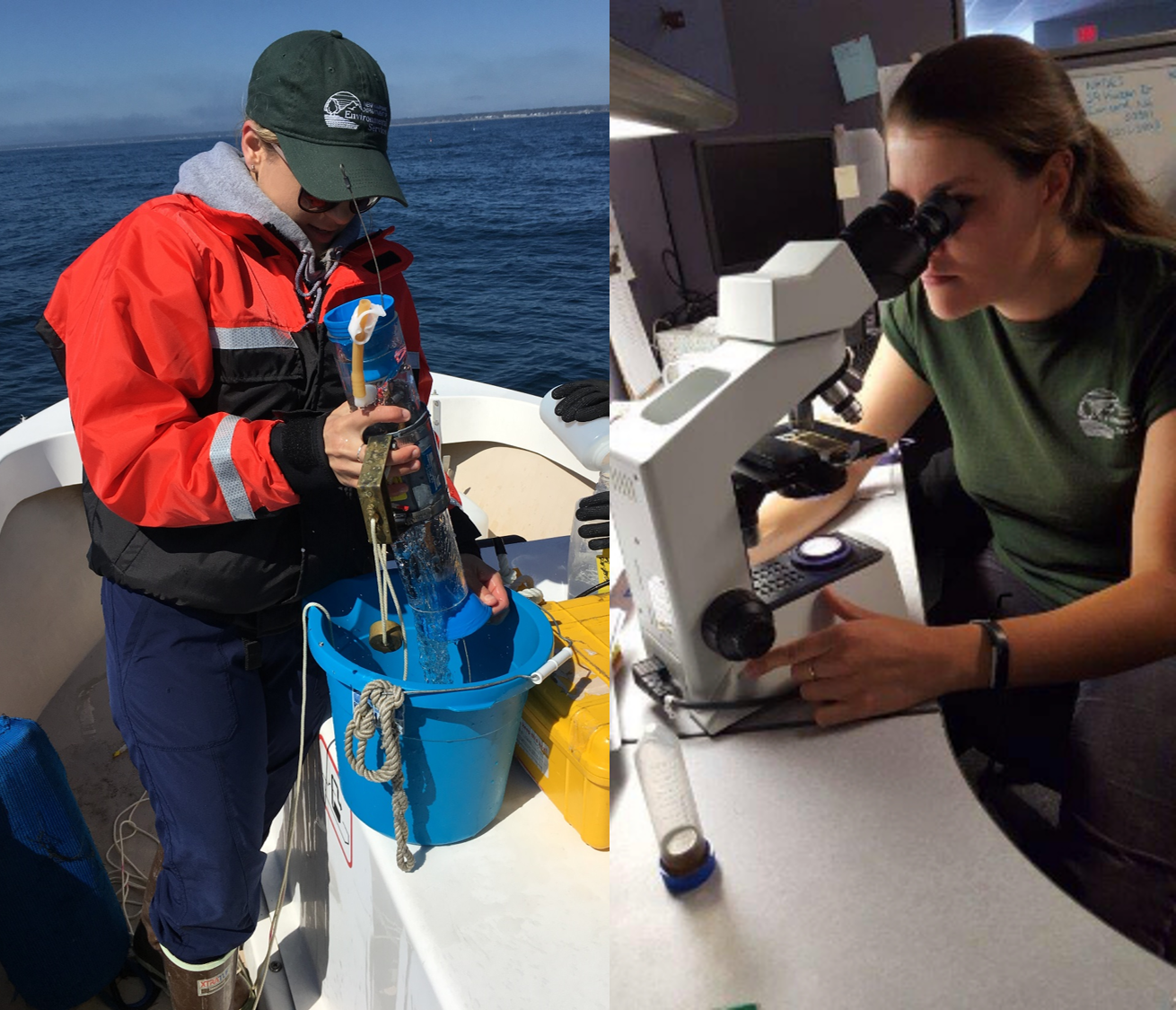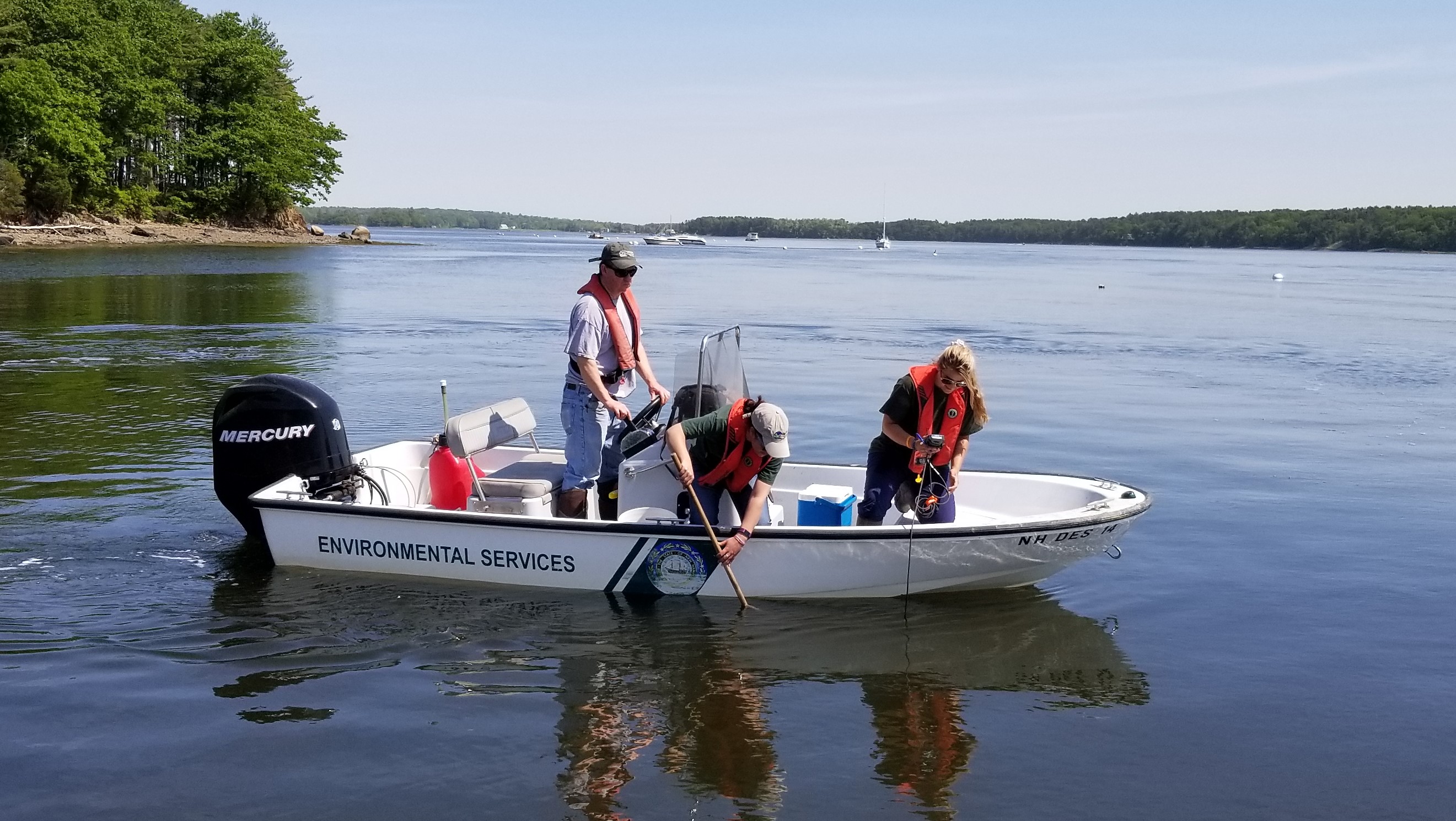Shellfish
Protecting public health for shellfish consumers and assisting the commercial industry.
Recreational molluscan shellfish harvesting is a popular activity for many New Hampshire residents, and New Hampshire has a small but growing commercial shellfish industry. The New Hampshire Shellfish Program works to ensure public health protection for consumers of both recreationally and commercially harvested molluscan shellfish, and to help facilitate the development of a commercial shellfish industry in the state.

Recreational molluscan shellfish harvesting is a popular activity for many New Hampshire residents. Common species of molluscan shellfish harvested include softshell clam, oyster and blue mussel. Mussel, surf clam, razor clam and mahogany quahog harvesters do not need a license, but a recreational license is required for softshell clam and oyster harvest. Check out New Hampshire Saltwater Fishing Regulations. The New Hampshire Coastal Atlas provides updated information on the open and closed status of shellfish harvesting areas, as does the Clam Flat Hotline (1-800-43-CLAMS). Both are updated weekly on Fridays.

New Hampshire has a small but growing commercial shellfish industry. In 2019, there were 28 oyster farm sites, licensed to 16 separate companies/individuals. Most oyster farms are located in Little Bay, with two in Hampton/ Seabrook. Oyster farmers buy baby oysters, or “seed,” from out-of-state hatcheries and grow the young shellfish to market size on licensed farms, which are licensed by the NH Fish and Game Department.
Shellfish harvested from “closed” areas have the potential to result in illness if they are consumed, because filter-feeding shellfish can concentrate harmful bacteria and viruses. When contaminated shellfish are eaten by humans, serious illnesses such as gastroenteritis, septicemia, hepatitis, cholera and typhoid can result. Temporary harvest closures are implemented by NHDES and NHFG after such events. Another naturally-occurring issue for the safety of eating shellfish is Red Tide. NHDES closely monitors algae populations and toxin levels, and issues temporary harvest closures as needed.
Documents
Related Content
Inspecting and studying possible pollution sources
Shellfish Program staff inspect the shoreline of all harvest areas, performing lot-by-lot inspections to document land use and potential pollution sources that might contribute to shellfish harvest area contamination. Pollution sources are documented and sampled under different weather conditions. Occasionally supplemental studies such as dye-tracking studies are done to better understand how pollution from the source might be transported and diluted as it moves through the harvest area.

Detecting dangerous levels of these marine toxins
To detect dangerous levels of certain species of microscopic marine algae, or phytoplankton, the Shellfish Program collects seawater samples from five nearshore and offshore locations each week, February-March. Samples are processed and examined under a microscope to determine cell types and abundance. Additional testing of shellfish tissue samples for various marine biotoxins is performed as needed. For more information on red tide, go to the Red Tide Resource Center.

Seawater samples collected from over 75 locations
The Shellfish Program regularly collects seawater samples from over 75 locations in the Great Bay Estuary, Hampton/Seabrook Harbor, Little Harbor, and the Atlantic coast, testing for bacteria levels in seawater. Supplemental sampling of seawater and shellfish samples is conducted following pollution events such as heavy rain, accidental sewage discharges, and others, in order to properly manage temporary closures of harvesting areas.
Did you know?
Did you know?
Did you know that how you dig softshell clams can affect future harvests? There are other things you can do to protect oyster resources.




